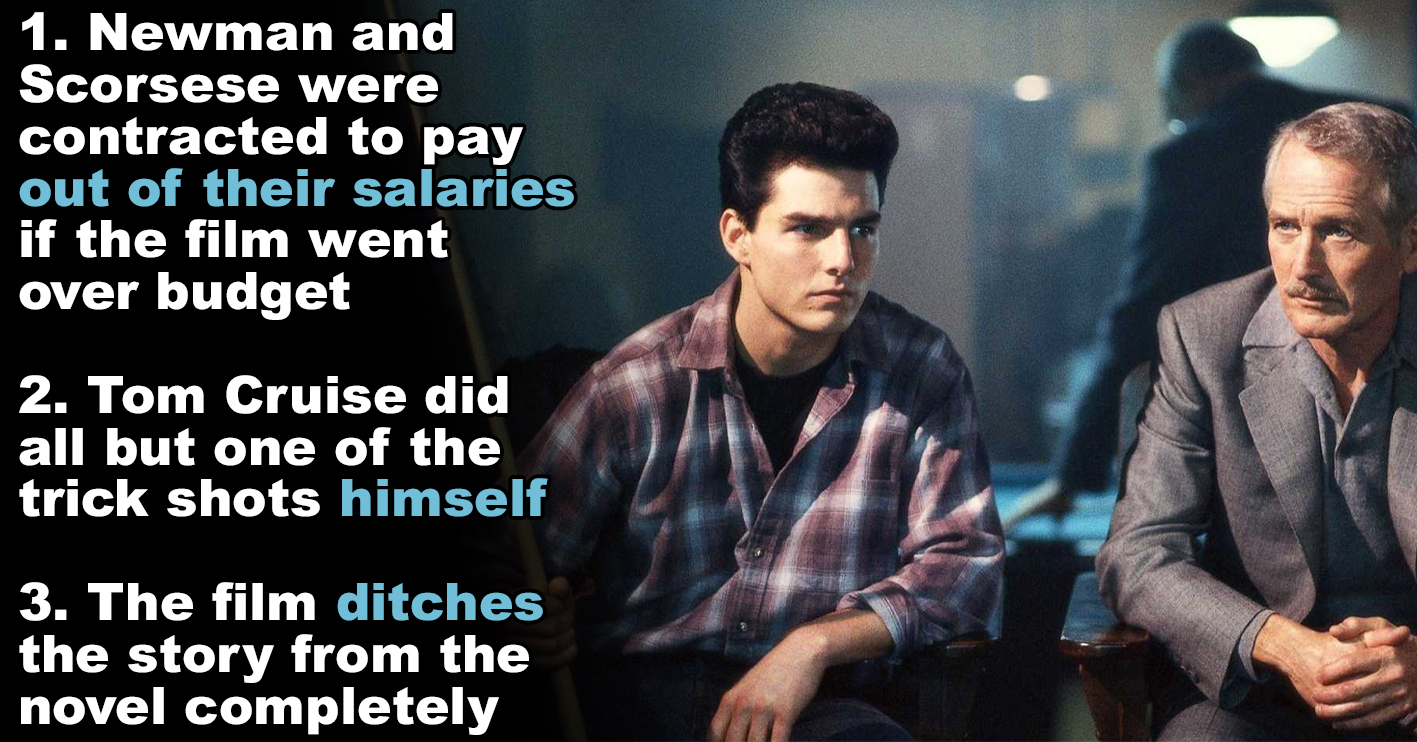Acclaimed director Martin Scorsese took the helm on a sequel to 1961 classic The Hustler, with that film’s legendary leading man Paul Newman returning as master pool player ‘Fast’ Eddie Felson, and a red-hot newcomer named Tom Cruise as Felson’s cocky young protege Vincent Lauria. The result was an Oscar-winning box office hit. Let’s take a look back at The Color of Money with some facts about the film you might not have known.
20. The film completely ditches the story from the novel
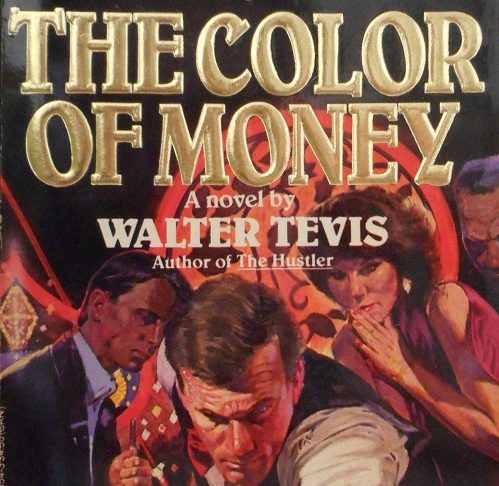
The Hustler – a big hit in 1961, with Paul Newman in the lead as hustling anti-hero Edward ‘Fast Eddie’ Felson – was an adaptation of a 1959 novel by Walter Tevis.
[rtk_adunit_top]
25 years later, Tevis continued the story of Fast Eddie in 1984 follow-up novel The Color of Money.
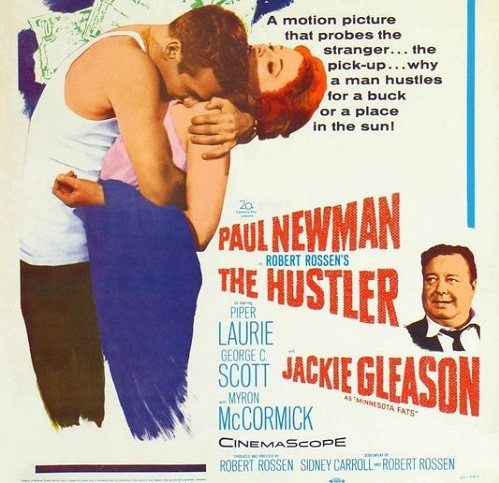
The Coloraturas of Money saw the ageing pool master track down his old rival Minnesota Fats for a national tour.
[rtk_adunit_middle]
Tevis wrote a screenplay adaptation of his novel, much as he had with the original Hustler, and sent this to Paul Newman in hopes of getting a movie made.
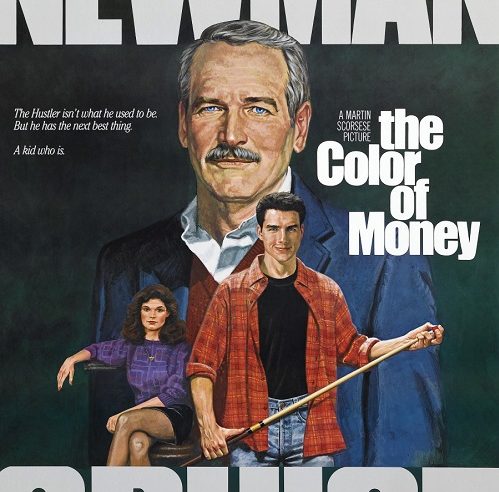
However, Tevis’s script was ultimately discarded by Newman and director Martin Scorsese, who hired screenwriter Richard Price to pen a completely different story which the three men worked out together.
[rtk_adunit_bottom]
The resulting script that was filmed kept almost nothing from the novel, aside from the title and the character of ‘Fast’ Eddie.
19. Jackie Gleason decided not to return as Minnesota Fats
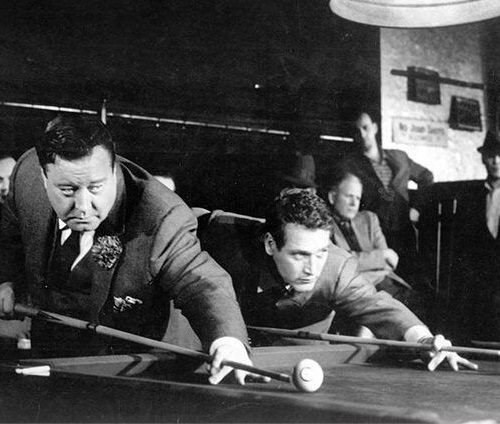
Much as the Color of Money novel saw the return of Minnesota Fats, initially the character was intended to feature in the movie as well.
[rtk_adunit_top]
Jackie Gleason played Fats in The Hustler, and he and Newman were keen for him to reprise the role in The Color of Money.

However, whilst Fats had been a key character in the novel, the new screen story didn’t leave much room for him.
[rtk_adunit_middle]
Screenwriter Richard Price came up with some scenes that would have reunited Eddie and Fats in his updated screenplay, but it was felt by all concerned that the scenes were not essential to the plot.
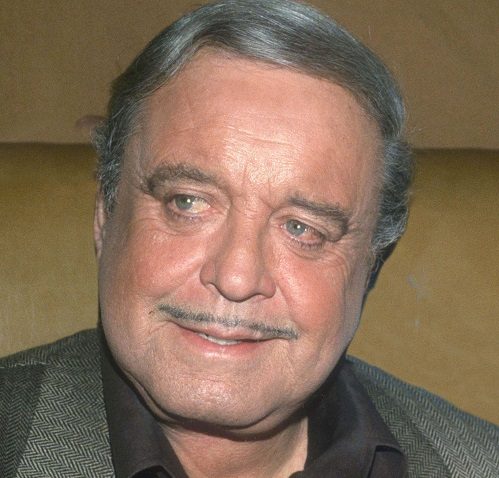
This being the case, both Newman and Gleason (who by the 80s was best known for his role in the Smokey and the Bandit movies) agreed it was better to omit the character altogether.
[rtk_adunit_bottom]
Gleason passed away in 1987, a year after The Color of Money hit cinemas.
18. Paul Newman himself asked Martin Scorsese to direct the film

The Hustler director Robert Rossen died in 1966, only five years after the original hit was released.
[rtk_adunit_top]
When a sequel became a possibility in the mid-80s, Paul Newman himself set about finding a new director worthy of picking up where the Oscar-nominated Rossen left off.

Newman admired Martin Scorsese’s work, and approached him personally about directing The Color of Money.
[rtk_adunit_middle]
Scorsese said at the time, “my tastes don’t run to shooting sequels, but I love Paul Newman’s work.”

Further to this, as previously mentioned, the director was in need of a hit at the time.
[rtk_adunit_bottom]
Scorsese has since admitted that, while he is proud of The Color of Money, he feels that was largely a “hired gun” on the movie, with Newman being the one really calling the shots.
17. The subject of Scorsese’s Raging Bull starred in The Hustler
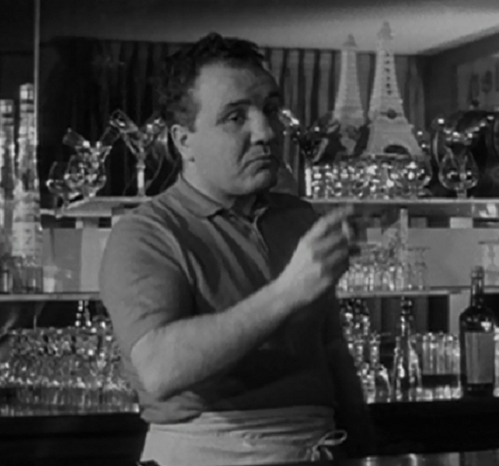
Reportedly, the film that convinced Paul Newman that Martin Scorsese was the right director for The Color of Money was 1980’s Raging Bull.
[rtk_adunit_top]
The massively acclaimed boxing movie won Robert De Niro the Best Actor Oscar for his performance as troubled prizefighter Jake LaMotta.
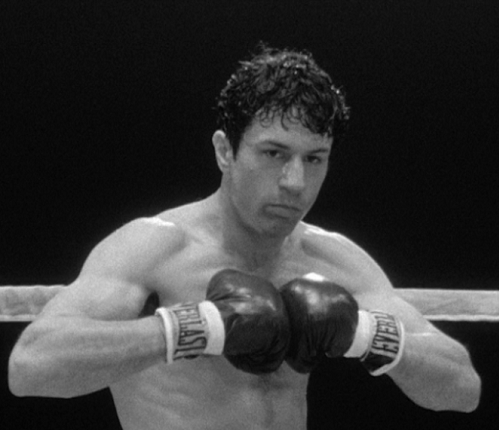
Newman felt Raging Bull had much the same mood and spirit that The Color of Money needed – but there was more to it than that.
[rtk_adunit_middle]
The real Jake LaMotta was an occasional actor as well as a boxer, and he had a small role alongside Newman in The Hustler as a bartender.
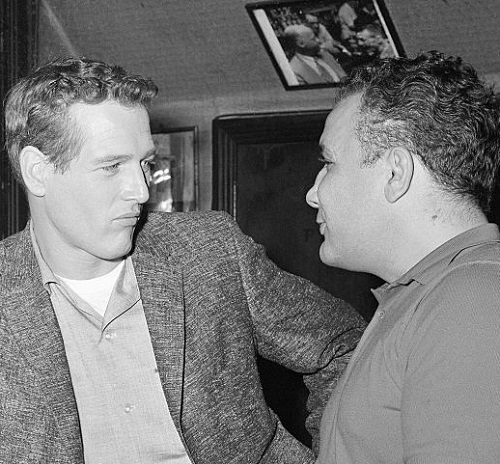
Raging Bull was adapted from LaMotta’s 1970 memoir of the same name.
[rtk_adunit_bottom]
The film was critically acclaimed and to this day holds a “Certified Fresh” 93% rating on Rotten Tomatoes, based on reviews from 74 critics.
16. Paul Newman helped write the script

The Color of Money screenwriter Richard Price would probably say that it was Newman, not Scorsese, who was really in charge on the film.
[rtk_adunit_top]
Reportedly there were a great many long meetings between the three men hammering out the story, with Newman having the final say in most matters.

Price – whose other screenwriting credits include Sea of Love, Clockers and Ransom – admitted at the time that Newman’s persistence often drove him crazy.
[rtk_adunit_middle]
The writer recalls, “Sometimes Newman would say, ‘Guys, I think we’re missing an opportunity here.'”

“And the minute I heard that I would groan, ‘Oh, no, here we go again,'” he said.
[rtk_adunit_bottom]
But Price admits, “Unfortunately, he was rarely wrong.” The script is ultimately credited to Richard Price alone, but Newman undoubtedly made huge uncredited contributions to the story.
15. Newman and Scorsese were contracted to pay out of their own salaries if they went over budget

Surprisingly given the level of talent involved, The Color of Money had a hard time getting off the ground.
[rtk_adunit_top]
Newman and Scorsese pitched the project to many studios only to be turned down.
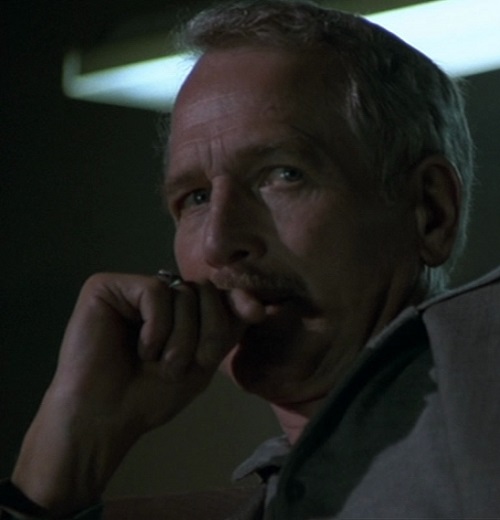
Those who said no included 20th Century Fox, who released The Hustler in 1961.
[rtk_adunit_middle]
Eventually a deal was struck with Disney’s Touchstone Pictures, securing the team a budget of just under $14 million – but with some very specific caveats.

Newman and Scorsese’s contracts stated that if they fell behind schedule and/or went over budget, the director and star would pay for any additional shooting themselves.
[rtk_adunit_bottom]
As it turned out, Scorsese has since said it was the very first time one of his movies was completed ahead of schedule with a little money still left over at the end of production.
14. Tom Cruise performed all but one of his character’s trick shots himself
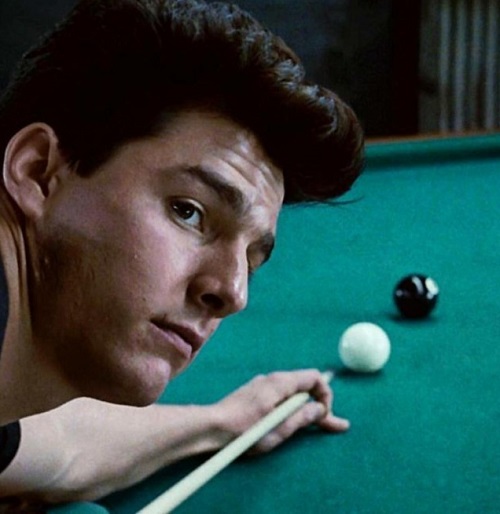
With The Color of Money reaching cinemas barely five months after blockbuster Top Gun, Tom Cruise was keen to prove he was a serious actor as well as a movie star in Scorsese’s film.
[rtk_adunit_top]
For his supporting role as arrogant pool shark Vincent, Cruise threw himself into intensive practice behind the cue.

This work shows up on screen, as the vast majority of Vincent’s eye-popping trick shots are actually performed by Cruise himself.
[rtk_adunit_middle]
However, owing to concerns about falling behind schedule and going over-budget, the filmmakers didn’t have time to let Cruise do all his own pool shots.

As such, for one particularly difficult shot – when Vincent hops the white over two balls – Cruise was forced to step aside and allow the film’s technical adviser Michael Sigel to do it instead.
[rtk_adunit_bottom]
Still, Cruise’s dedication and willingness to do most of the shots himself is admirable.
13. John Turturro accepted less than his standard fee to do the movie

The Color of Money features an early turn from John Turturro in the supporting role of Julian, another young pool hustler on Fast Eddie’s radar.
[rtk_adunit_top]
Turturro admitted at the time that his agent didn’t want him to do it, as he wasn’t getting paid “what I thought I would be worth” for what was “the third male lead.”

Ultimately the actor decided to take the role anyway, mainly because he had “always wanted to work with Scorsese” – although he technically already had, as an extra on Raging Bull.
[rtk_adunit_middle]
Turturro was 29 at the time, and The Color of Money was his ninth film role.
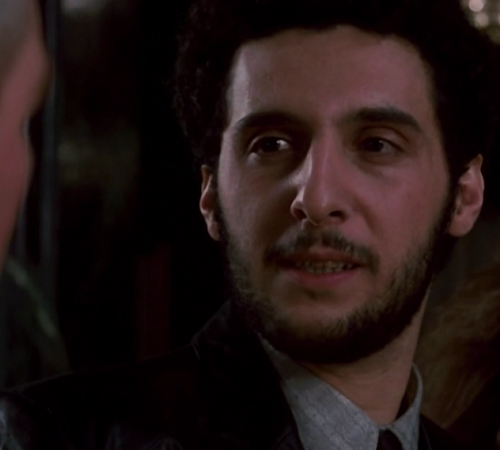
The actor would later enjoy long working relationships with Spike Lee (Do The Right Thing, Mo Better Blues, Jungle Fever).
[rtk_adunit_bottom]
He also went on to collaborate with brothers Joel and Ethan Coen (Miller’s Crossing, Barton Fink, The Big Lebowski).
12. The video game Doom takes its name from Tom Cruise’s dialogue
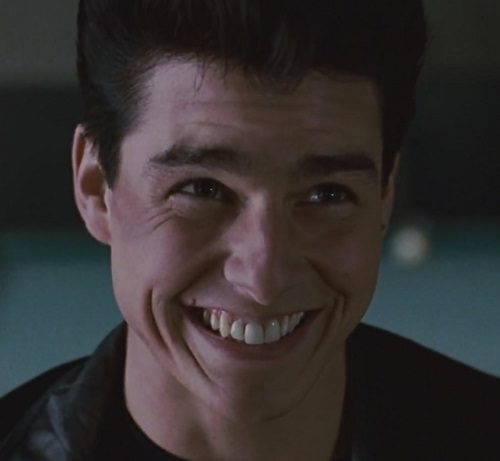
One scene in The Color of Money sees Cruise’s Vincent approach the pool table clutching his cue case.
[rtk_adunit_top]
When he is asked what he has in there, Vincent’s massively cocksure response is, “Here? Doom.”
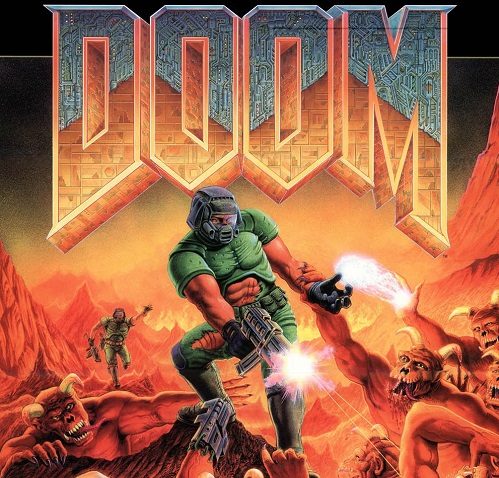
It was this moment that inspired the makers of the video game Doom to use that as their title.
[rtk_adunit_middle]
The popular, often controversial first-person shooter was launched by id Software in 1993, kicking off a long-running franchise.

There are also Doom comic books, novels and a 2005 movie starring Dwayne Johnson and Karl Urban.
[rtk_adunit_bottom]
Doom is arguably one of the most significant games in video game history – and is often hailed as one of the best games of all time.
11. Janelle was added to the story to avoid sexual connotations to Eddie and Vincent’s relationship
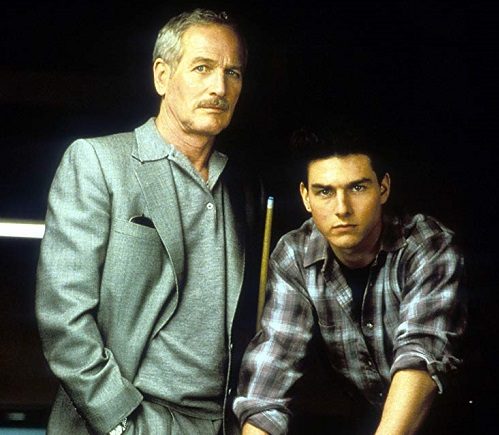
As The Color of Money centres on an enigmatic older man essentially seducing a younger man into a different lifestyle, there is certainly scope to interpret the film as a thinly veiled gay romance.
[rtk_adunit_top]
However, this didn’t occur to the filmmakers until they were very close to starting production, and they were keen to avoid any such overtones.

At the behest of Newman, a love interest was created for Eddie in the character of Janelle, mere weeks before shooting began.
[rtk_adunit_middle]
At Scorsese’s suggestion the role was filled by Helen Shaver.
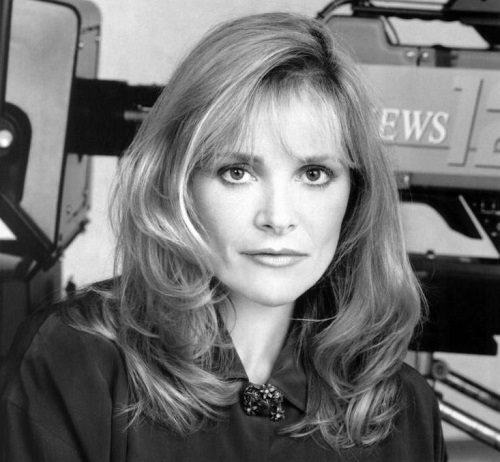
Scorsese had recently worked with Shaver worked on an episode of TV series Amazing Stories.
[rtk_adunit_bottom]
Shaver’s later credits include The Craft, and TV shows The L Word and The 4400.
10. A number of real-life pool players appear in the film
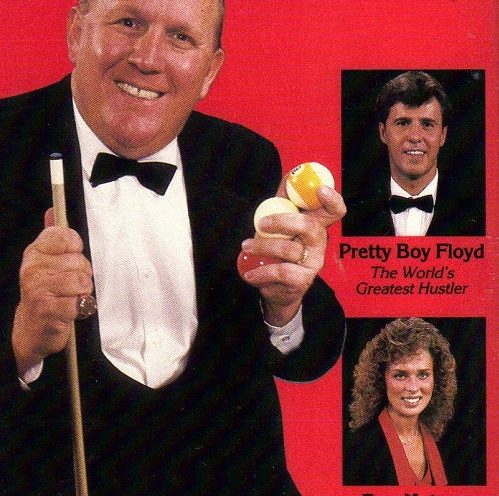
As might be expected from a film set in the word of pool, some genuine pros are shown at work in the movie.
[rtk_adunit_top]
These include Steve Mizerak, who plays against Newman’s Fast Eddie in the Atlantic City sequence.

Mizerak found fame as a pool pro in the 70s, and later moved into snooker.
[rtk_adunit_middle]
Another notable pool player, Jimmy ‘Pretty Boy Floyd’ Mataya, appears as a friend of John Turturro’s Julian.

Meanwhile, the character of Grady Seasons is portrayed by Keith McReady.
[rtk_adunit_bottom]
Other pool pros who appear, and in most cases also acted as advisers on the film, include Howard Vickery, Ewa Mataya Laurance and the aforementioned Michael Sigel.
9. Iggy Pop makes a cameo
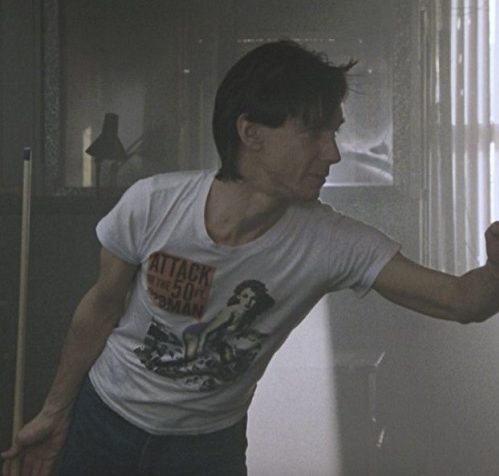
Another notable figure who pops up with a pool cue in hand in The Color of Money is one James Osterberg Jr, better known as Iggy Pop.
[rtk_adunit_top]
As both the frontman of pioneering band The Stooges and as a solo artist, Iggy has been one of the most popular and influential figures in alternative rock music since the late 60s.

Iggy branched out into acting in the 80s, and The Color of Money – in which the credits list him as ‘Skinny Player on the Road’ – is one of his first roles.
[rtk_adunit_middle]
Iggy’s later films include Cry-Baby, Tank Girl and more recently The Dead Don’t Die.
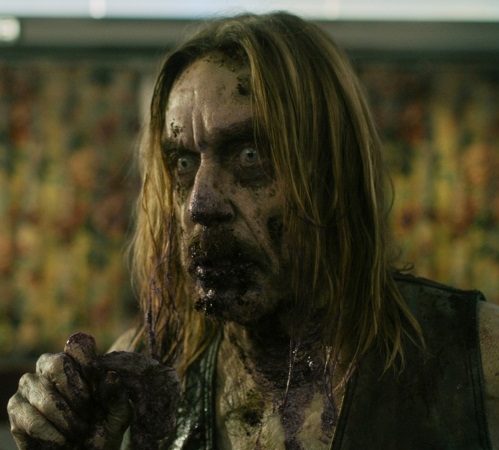
Scorsese has often been keen on casting rock stars in his movies.
[rtk_adunit_bottom]
Others include David Bowie in The Last Temptation of Christ and members of The Clash in The King of Comedy.
8. Robbie Robertson provided the score, but was contractually barred from singing in the film
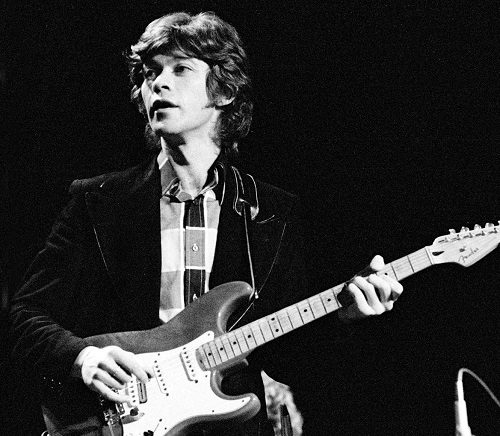
As well as occasionally casting rock stars, Scorsese’s films are renowned for their use of rock music on the soundtrack, and The Color of Money is no exception.
[rtk_adunit_top]
The score was composed by Robbie Robertson, guitarist and songwriter from The Band (featured in Scorsese’s earlier concert film The Last Waltz), who also compiled the songs featured in the film.

However, for legal reasons, Robertson was not able to use any recordings featuring his own voice in The Color of Money soundtrack.
[rtk_adunit_middle]
Robertson was signed with Geffen Records at the time, and boss David Geffen refused to sign off on the artist singing for the film.

This was because working on the soundtrack had delayed work on Robertson’s debut solo album.
[rtk_adunit_bottom]
The Color of Money soundtrack album was released on MCA Records, and features such artists as Eric Clapton, Robert Palmer and Mark Knopfler.
7. The pool cue Eddie gives Vincent isn’t really a Balabushka

A key moment in the film sees Eddie luring Vincent into working with him by presenting him with a Balabushka pool cue.
[rtk_adunit_top]
While this may not mean a lot to those of whose who don’t know much about pool, it’s a big deal for those who do.
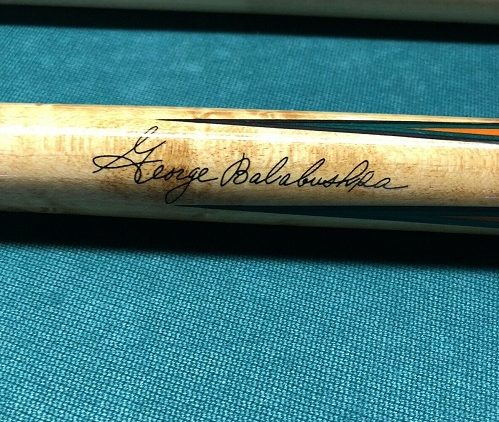
Named after their designer George Balabushka, these coveted models are generally considered the finest pool cues ever made.
[rtk_adunit_middle]
Balabushka is reportedly known as the ‘Stradivarius of cuemakers.’

This was in reference to the Stradivari family, who made the finest stringed instruments of the 17th and 18th century, for those of who don’t know their classical music.
[rtk_adunit_bottom]
However, in truth the cue Newman gives Cruise is not a genuine Balabushka, but a Joss J-18 specifically made to look as much like a classic Balabushka as possible.
6. Scorsese performs the opening narration
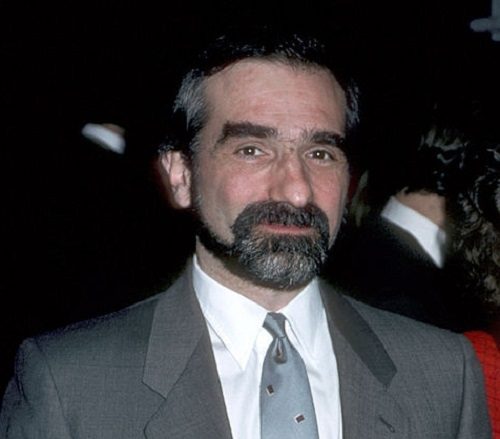
The Color of Money opens with a helpful voiceover explaining the rules of pool against a largely black backdrop, whilst a cigarette burns.
[rtk_adunit_top]
If those Italian-American tones telling us “luck is an art” sound familiar, that may be because it’s Martin Scorsese himself delivering the lines.

The director often makes uncredited cameos in his films, dating back to his first feature, 1967’s Who’s That Knocking at My Door.
[rtk_adunit_middle]
He also pops up in Boxcar Bertha, Mean Streets, Taxi Driver, Raging Bull, and more besides.
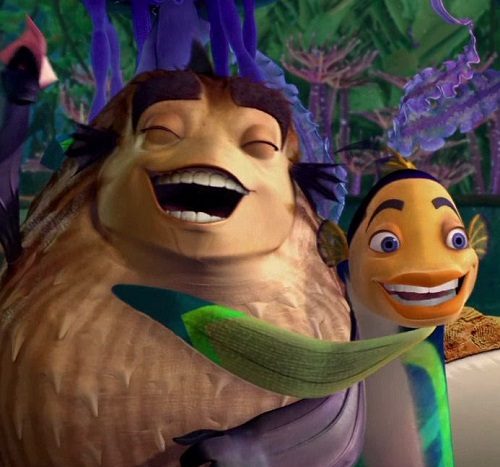
Scorsese also makes occasional cameos in other people’s movies.
[rtk_adunit_bottom]
Most famously, he voiced Sykes the puffer fish, who was modelled on himself, in 2004’s Shark Tale.
5. It was only Mary Elizabeth Mastrantonio’s second film, and it got her an Oscar nomination

Mary Elizabeth Mastrantonio had technically appeared in a Martin Scorsese movie once before, as an extra in 1982’s The King of Comedy.
[rtk_adunit_top]
However, her first official screen credit was her scene-stealing role alongside Al Pacino in 1983’s Scarface.

Her performance there was enough to persuade Scorsese to cast her in The Color of Money.
[rtk_adunit_middle]
This was only her second film role, as Vincent’s shrewd girlfriend Carmen.
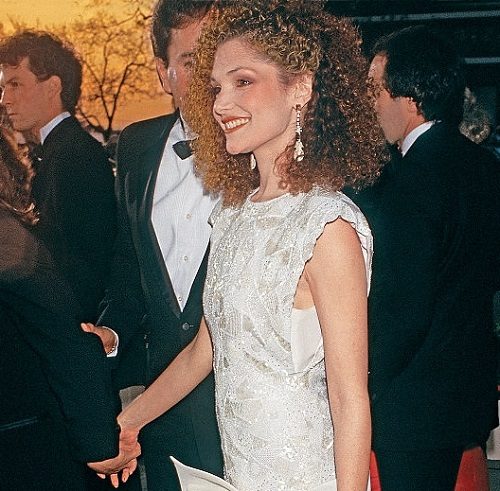
This earned Mastrantonio her first (and to date only) Oscar nomination, in the Best Supporting Actress category – one of four nominations the film received.
[rtk_adunit_bottom]
Ultimately she lost out on the Academy Award to Dianne Wiest in Hannah and Her Sisters, but the years ahead saw Mastrantonio become a big star with roles in The Abyss and Robin Hood: Prince of Thieves.
4. It was Paul Newman’s eighth Best Actor Oscar nomination – and his first win
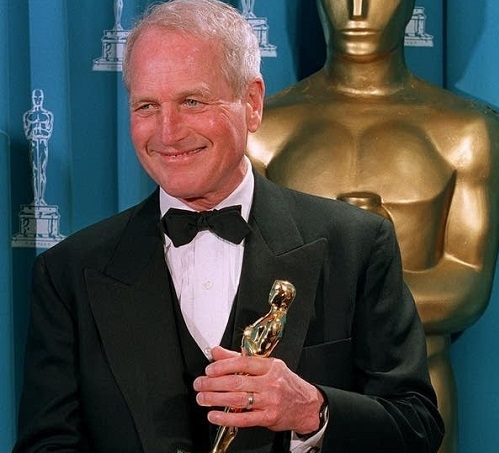
Paul Newman was not only one of the most acclaimed actors of his generation, but surely one of the finest actors ever to grace the big screen.
[rtk_adunit_top]
However, while he’d been nominated for the Best Actor Oscar seven times.
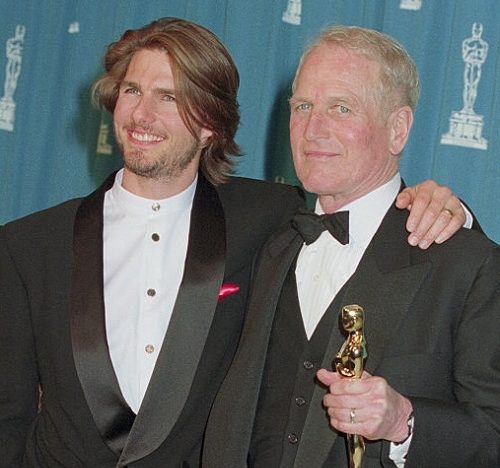
Despite being nominated for films including Cat on a Hot Tin Roof, Cool Hand Luke, and of course The Hustler, Newman had never taken home the gold.
[rtk_adunit_middle]
The Color of Money changed this, giving him his first and only Academy Award for acting in 1987.
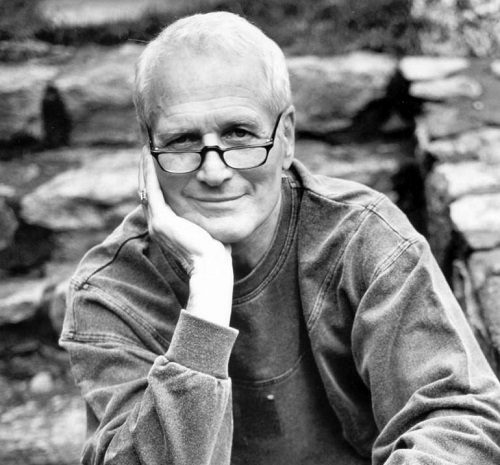
It may seem somewhat ironic, then, that the previous year the Academy gave Newman an honorary lifetime achievement Oscar, an award they typically give to great talents who have previously gone unrecognised in their twilight years.
[rtk_adunit_bottom]
Newman would notch up another two Oscar nominations – Best Actor for Nobody’s Fool in 1995, and Best Supporting Actor for Road to Perdition in 2003 – before he sadly passed away in 2008.
3. Sales of pool cues increased dramatically thanks to the film
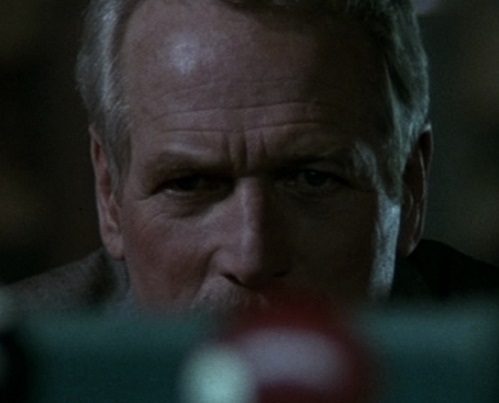
Having cost just shy of $14 million to make, The Color of Money wound up taking over $52 million at the box office, meaning it was a fair-sized hit.
[rtk_adunit_top]
The film’s success had a popular impact similar to The Hustler 25 years earlier.
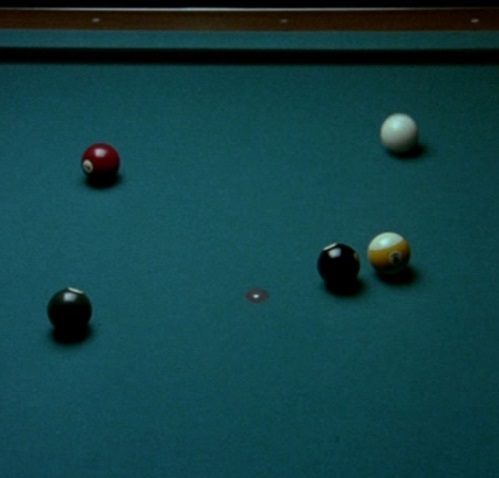
Both movies helped to inspire a resurgence of interest in the sport of pool.
[rtk_adunit_middle]
In the months following The Color of Money’s release, the LA Times reported that pool hall memberships were on the up.

In addition, sales of pool cues and pool tables had also significantly increased.
[rtk_adunit_bottom]
In 1996, a high profile nine-ball challenge match between pool players Efren Reyes and Earl Strickland was dubbed The Color of Money, in homage to the film.
2. The shoot gave Scorsese the inspiration to make Goodfellas
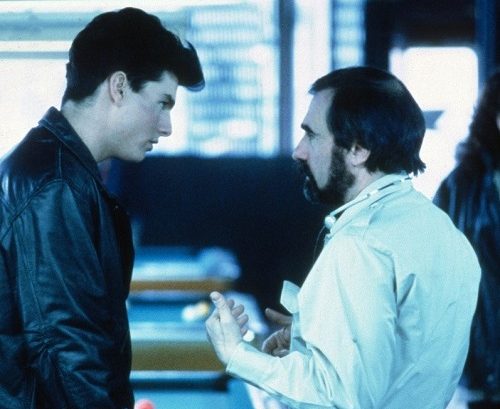
The Color of Money is a perfectly respectable entry on Martin Scorsese’s CV, but most would agree it doesn’t hold up as one of the director’s definitive works.
[rtk_adunit_top]
However, it was during production on the film that Scorsese got the first inspiration for the film that, in the eyes of many, is probably his masterpiece: Goodfellas.
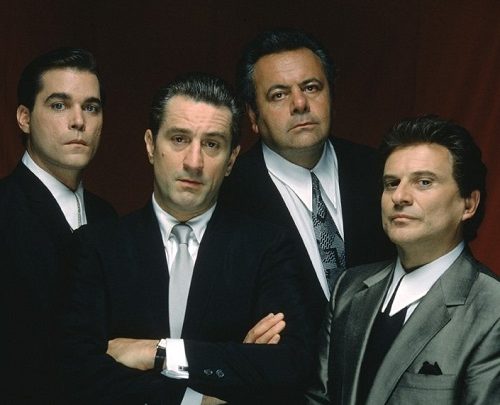
Whilst taking a break from shooting The Color of Money, the director read a newspaper review of the book Wiseguy by Nicholas Pileggi, which told the true story of Mob insider and eventual informant Henry Hill.
[rtk_adunit_middle]
Intrigued, Scorsese soon thereafter bought the book and and “was fascinated by the narrative ability of it.”

Scorsese would adapt Wiseguy into Goodfellas in 1990.
[rtk_adunit_bottom]
The film would garner rave reviews and multiple Oscar nominations, including a Best Supporting Actor win for Joe Pesci.
1. Paul Newman gave Tom Cruise the idea for Days of Thunder

Goodfellas was not the only notable 90s movie whose genesis can be traced to the set of The Color of Money.
[rtk_adunit_top]
During some down time, Paul Newman – a famed motor sports enthusiast, who recognised a kindred spirit in Tom Cruise – took his young co-star to a racing track.
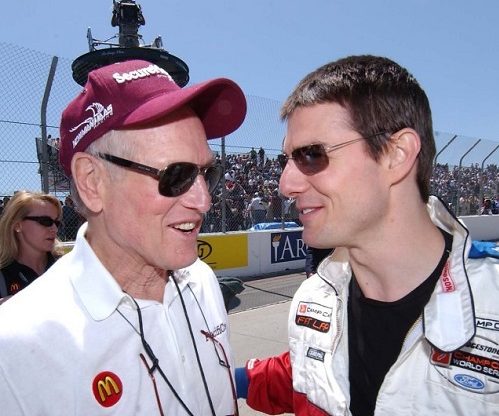
There, Newman introduced Cruise to a NASCAR team owner who let the actors try out the stock cars, reaching speeds of 175 mph.
[rtk_adunit_middle]
The experience left Cruise exhilarated, and soon thereafter he approached his Top Gun producers Don Simpson and Jerry Bruckheimer with the idea of making a movie set in the world of NASCAR.

That film ultimately became Days of Thunder, which reunited Cruise with Top Gun director Tony Scott.
It was while working on Days of Thunder in 1990 that Cruise met his future wife Nicole Kidman.
[rtk_adunit_end]

